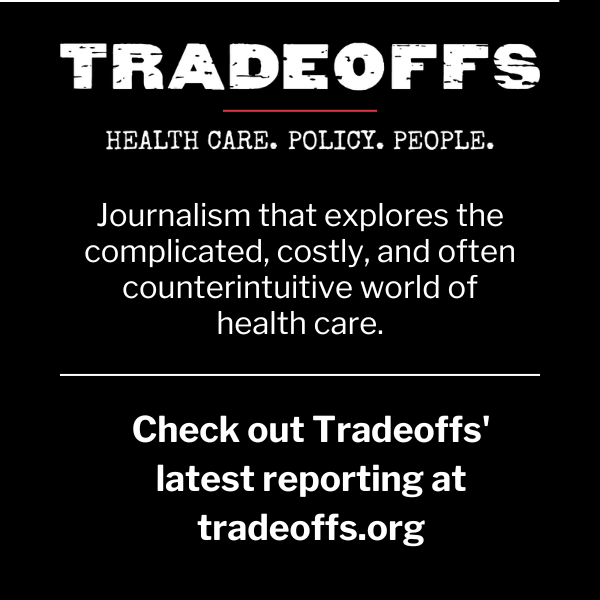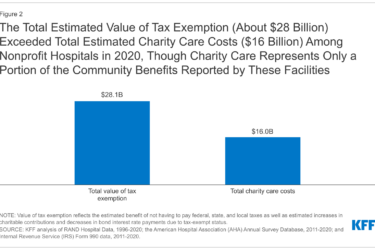By Arielle Levin Becker
There’s been a lot of interest lately in how much it will cost to buy a health plan through the exchanges created by the Affordable Care Act. But equally important, and often overlooked, is what those premiums will buy. In fact, many consumer advocates are worried that people buying coverage through the exchanges will choose plans based solely on premiums and buy plans with such high deductibles and co-insurance they’ll be unable to afford care. (Also important to remember: Many people buying insurance through the exchanges will be eligible for federal subsidies to discount their premiums, so when you see a premium price, it’s not necessarily what most people will pay.)
Metal tiers: Pay up front or pay when you get care
People buying insurance through the exchanges will get a choice of plan variations, signified by metals – bronze, silver, gold and platinum. It’s essentially a choice between paying more for coverage up front or paying more when getting care.
The technical term for the distinction is actuarial value – that is, how much of a person’s medical costs a plan will cover. A bronze plan will have an actuarial value of 60, meaning that the plan will pay roughly 60 percent of a person’s medical expenses, leaving the customer to pay the remaining 40 percent through deductibles, copays or co-insurance. Silver plans cover 70 percent of members’ medical costs, while gold plans cover 80 percent and platinum plans will cover 90 percent. (There are also catastrophic plans available to some people; more on that below).
The trade-off is the premiums: Bronze plans will almost certainly be the cheapest and platinum plans (if they’re offered at all) will cost the most. (The subsidies will be calculated based on a silver-tiered plan.)
Why would someone pick one over the other? A relatively healthy person might opt for the lowest premium and take the risk of having to pay more if he or she gets medical care. Someone with a chronic health condition might choose to pay a higher premium to avoid paying as much when seeing a doctor or buying medication.
The cheapest coverage will come at a price
“Actuarial value,” and even “40 percent of the cost of care” are relatively abstract terms for most people buying health insurance. Translating them into specifics on deductibles, copays and co-insurance can make the differences more apparent.
Connecticut’s recently approved rates are an example. For a 45-year-old in Hartford, there’s a $125 difference in monthly premiums between the cheapest bronze plan and the cheapest gold option. (No insurers are offering platinum plans through Connecticut’s exchange, and they are not required to. It’s expected that most customers will opt for the lower tiers). But there’s a significant difference in what each of those premiums will buy.
The $285-a-month bronze plan will come with a $3,250 deductible (twice that for a family). Once the member hits the deductible, he or she will still have to pay 40 percent of the cost of most medical services and non-generic drugs. There’s a cap on out-of-pocket costs: $6,250 (or $12,500 for a family).
The $357-per-month silver plan comes with a $3,000 medical deductible and a $400 deductible for prescription drugs. But the deductible applies to a narrower range of services – like hospitalization and outpatient procedures – and other services, like office visits, will require only fixed copays. As with the bronze plan, the out-of-pocket costs will be capped at $6,250 ($12,500 for a family).
What will the $410 monthly premium for a gold plan buy? A $1,000 deductible that only applies to a small number of services (like hospitalization), a $150 drug deductible, and fixed copays for office visits and lab work. And it comes with a lower out-of-pocket maximum, capping spending at $3,000 (or $6,000 for a family).
The poorest exchange customers can get a break on out-of-pocket costs
People who earn less than 250 percent of the poverty level will have the option of buying a plan with lower out-of-pocket costs. It’s essentially a modified silver plan. As in a typical silver plan, the insurer would pay 70 percent of the customer’s medical costs. But the customer would only pay a fraction of the remainder. The federal government will chip in the difference.
How much the customer has to pay depends on income. Those earning between 100 percent and 150 percent of the poverty level will get a plan designed so that they’ll pay about 6 percent of medical costs, getting a plan with an actuarial value of 94. (In states that are expanding Medicaid, this group will be smaller, since those earning below 138 percent of the poverty level will be eligible for Medicaid.)
Those earning between 150 and 200 percent of poverty will have the option of buying a plan with an 87 percent actuarial value. And people earning between 200 and 250 percent of the poverty level will have the option of getting a plan with a 73 percent actuarial value.
This can mean big savings. In Connecticut, for example, a single person earning less than $17,234 per year would qualify for the 94 percent plan. Instead of having a $3,000 deductible, he or she would have no deductible, and, for many services, would face copays of $5 and $15 rather than $30 and $45. Out-of-pocket costs would be capped at $2,000.
As with the premium subsidies, the federal share of these costs will get paid directly to the insurance companies – in other words, individuals won’t have to front the money and wait for reimbursement. The payments will be based on estimates, and the actual amounts owed will be reconciled after the fact between the government and the insurer.
Caps on out-of-pocket costs
The ACA sets a ceiling on how much people will have to pay out-of-pocket for care. In 2014, it’s $6,350 for an individual and $12,700 for a family. Premiums don’t count toward that total. Some exchange plans – particularly those with higher actuarial value – could have lower limits, requiring people to spend less before the plan covers the full cost of care.
The limits are expected to rise annually by a percentage set by the U.S. Department of Health and Human Services.
The one-year postponement of the out-of-pocket cap for certain employer-sponsored plans, which got some attention lately, does not apply to the exchanges.
The “young invincibles” (and a few others) can buy catastrophic policies
People under 30 will have the option of buying a catastrophic plan ,It will have lower premiums than the metal tier plans and will require members to pay even more out of pocket for medical care. But once the person reaches the deductible, the plan must cover the same essential health benefits as the other plans sold on the exchanges. The catastrophic plans must also cover at least three primary care visits per year, even if the customer hasn’t reached the deductible. And like other health plans, these insurance policies must cover certain preventive services with no charge. That’s different than most catastrophic plans on the market today.
The age cutoff for the catastrophic plans is based on a person’s age when the plan year begins, so someone who turns 30 while covered by one of these plans will be eligible until it’s time to renew the coverage.
The catastrophic plans will also be available to people who are considered exempt from the individual mandate, such as those whose income is considered too low or for whom all available plans would be considered too costly.
Arielle Levin Becker covers health care for The Connecticut Mirror. Before that she covered health, education, cops and courts and municipal beats for The Hartford Courant. She can be reached at alevinbecker@ctmirror.org.











